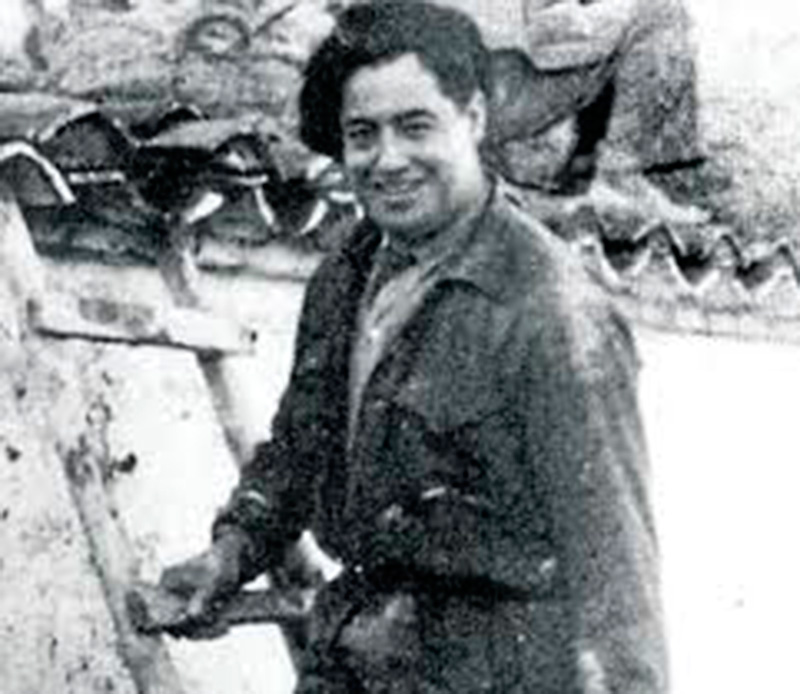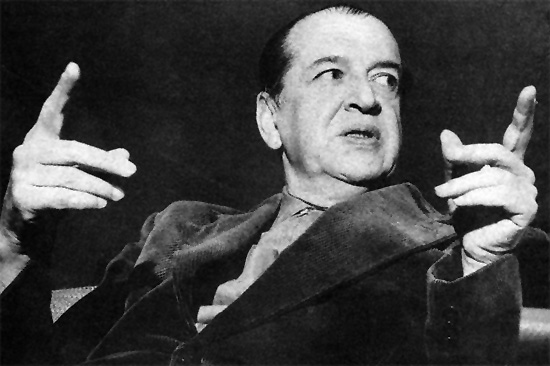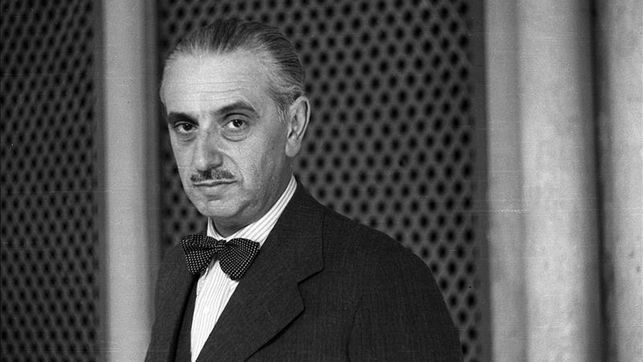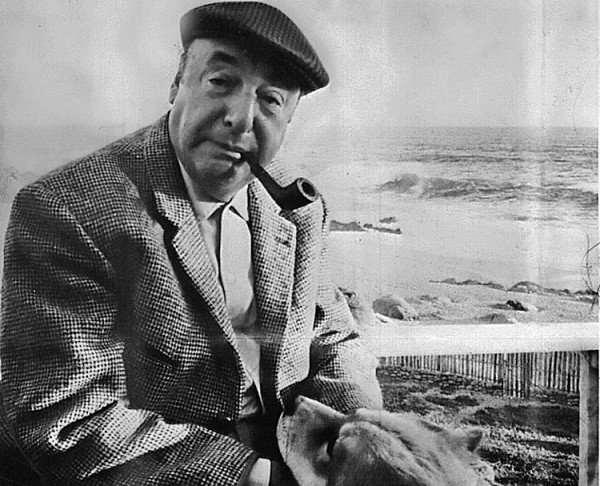Typographer, Member of the Parliament of the Confederación Española de Derechas Autónomas (CEDA) party, founded by José María Gil Robles (with whom he met at the Salesianos school in Salamanca) and active member of the squads that sowed terror in Granada after the uprising of July 1936. He is directly involved in the arrest of Federico García Lorca and is one of the drafters of the denunciation that precipitated his assassination. In 1975, at the end of Franco’s dictatorship and when he foresaw the arrival of democracy, he fled to the United States with Maria Julia, one of his four daughters, where he died three years later. His ashes returned to Madrid in 1982.
Ruiz Alonso’s name is undoubtedly linked to the murder of García Lorca. In the fall of 1933, he began working as a linotypist in Ideal, a newspaper owned by the Editorial Católica publishing house, after working for the Madrid newspaper El Debate. In 1931, he was one of the first members of the Juntas de Ofensiva Nacional Sindicalista (JONS), a nationalist group founded by Ramiro Ledesma Ramos and Onésimo Redondo, opposed to political parties that aspired to articulate the state around a single trade union. It was the Spanish version of fascism. It advocated systematic violence and, in fact, its militias contributed to sowing a climate of insecurity during the Second Republic.
Active member of the squads that spread terror in Granada after the uprising of July 1936. He was directly involved in the arrest of Federico García Lorca and was one of the drafters of the denunciation that precipitated his assassination. He was also known as the “executioner’s assistant” because he liked to attend the executions of those condemned to death.
Already in Granada, in 1933, he was included in the candidacy headed by José Pareja Yébenes and won a seat in Parliament for the Acción Obrera party incorporated into the CEDA. Faithful to these national-syndicalist principles, Ruiz Alonso participated in the activities of the electoral campaign disguised as a worker with a blue overalls and beret for which he was nicknamed the obrero amestrado (trained worker). In Granada, according to Ian Gibson, he was also known as the “executioner’s assistant” because he liked to attend the executions of those condemned to death. In 1934, he punched the radical socialist Member of the Parliament Félix Gordón Ordás.
In the 1936 general elections, he revalidated his seat, but, given the evidence of fraud, the elections had to be repeated and he was not elected. In February, during the election campaign, at a rally in Fuente Vaqueros, he lashes out against Fernando de los Ríos (whom he contemptuously called Fernando de los Líos (hassles)) and against García Lorca, his protégé, the poet “with the fat head”. There is an image of Ruiz Alonso with the overalls in Víznar.

During 1936, when he was left without a seat in the Parliament, he focused on direct political action and cultivated a friendship with another of those involved in the murder of the poet, Juan Luis Trescastro. Both organized the election campaign of 1931 and in 1934 Trescastro was godfather of the second daughter of Ruiz Alonso, Elisa Ruiz Penella, actress known later in the theater world under the stage name of Elisa Montés, in memory of her grandfather, Manuel Penella Moreno, author of the zarzuela El gato montés (The Wild Cat). Another two of her sisters, Enma Penella and Terele Pávez, also preferred to undertake their careers as actresses without their father’s surname.
At the end of 1939, due to the international scandal over the murder of Lorca, Ruiz Alonso leaves Granada and is ostracized by his people. He lives half hidden in Madrid until his escape to the United States in 1975.
Ruiz Alonso is one of the drafters of the complaint against García Lorca. On the afternoon of August 16, he shows up at the family home of the poet Luis Rosales, where Lorca had taken refuge, and proceeds to arrest him. The order had the authorization of the governor José Valdés. Ruiz Alonso then takes him in Trescastro’s car to the Gobierno Civil. During the time he remains in the government offices, they often try and confront Luis and José Rosales, who had come to ask for explanations. Ruiz Alonso accuses the poet of being in the service of Russia and of doing more damage with his pen than others with a gun.
At the end of 1939, due to the international scandal over the murder of the poet, Ruiz Alonso left Granada and was ostracized by his people. He lived half hidden in Madrid until he fled to the United States in 1975, fearing that the establishment of democracy could bring him problems.
After his death in 1978, his ashes were buried in Madrid in 1982. The grave reads “Ruiz Penella Family” and only the name of Magdalena Penella Silva, the wife of Ramón Ruiz Alonso, who had died in Madrid on July 23, 1974, is inscribed on it.



